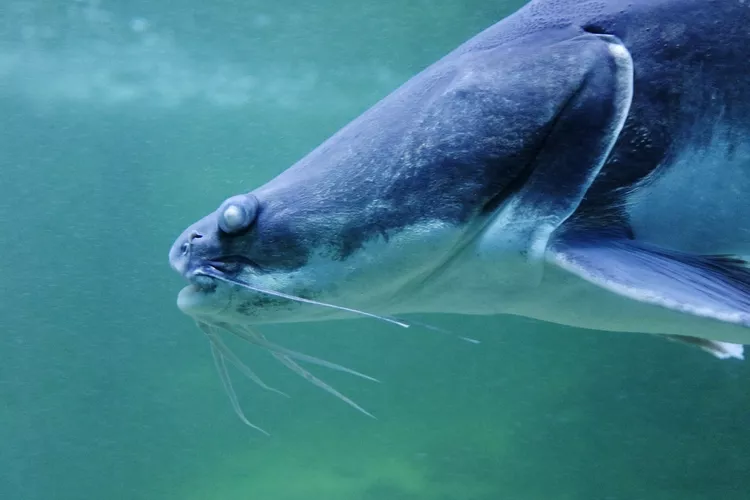Summary
Anglers often talk about being “finned” by catfish, which can lead to excruciating pain. The sting of a catfish, whether a Florida saltwater catfish or one of many other species, is something you do not want to ignore. It is venomous and can lead to a serious infection. Therefore, before you head out on the water, make sure to take the proper safety precautions to minimize your risk of getting stung. You may prevent a lot of pain and misery.
Can All Catfish Sting You?
Catfish stings are often compared to those of stingrays. Even brief contact with one of these fish can lead to a painful injury. While some species of catfish are more venomous than others, they’re all dangerous—especially if you come in contact with the wrong part of the fish. Saltwater catfish are more notorious for stings than freshwater catfish; the smaller the fish, the more likely you are to get stung.
Don’t Fear the Whiskers
The most common myth associated with catfish stings is that they come from the whiskers. In fact, the whiskers are harmless; you need to worry about the fins instead. The catfish has three fins—a dorsal fin on top, and two pectoral fins on either side of its body. On the front of each fin is a very sharp stinger filled with venomous toxins. A sting occurs when this barb penetrates your skin.
Catfish stings usually occur when the fish is flopping around—either when the angler is removing the hook or when the fish is lying on the boat deck or ground. The hands are the most common place to get a catfish sting, but anglers who have stepped on a fish to stop it from flopping have also been stung on the foot. Some sharp barbs can even penetrate the sole of a shoe.
Be Careful Holding Catfish
If you catch a catfish, handle it very carefully. Take your time and pay close attention to where you’re holding the fish to avoid coming in contact with its fins. Always make sure that you have a fish gripper tool, pliers, or something with which you can safely grab the fish. If it looks like it’s going to get messy, cut the hook off. When you have to choose between losing a hook and getting hit by a catfish fin, let the hook go and save yourself a lot of pain.
How to Treat a Saltwater Catfish Sting
Anglers often share stories about nasty encounters with fish. Anyone who has had a catfish sting and a similar experience with another fish will tell you that the catfish sting is far more painful. Consequently, the severity of the sting depends on where the barb hit you, how deep the injury is, and if any foreign matter is left in the wound. People with certain health conditions may also experience more severe reactions to a sting.
If you are stung by a catfish, you need to do several things:
- Get off the water. A sting can cause nausea and leave you feeling lightheaded. For your own safety, head to shore right away.
- Do not use ice. The cold only makes the toxins more powerful and the pain worse.
- Immerse the injury in hot water. To reduce the pain, hold the injured area under water that is as hot as you can stand. Researchers recommend no hotter than 122 degrees Fahrenheit to prevent burning. Within half an hour, you should notice a significant reduction in pain.
- Monitor the injury closely. If you notice any swelling, redness, or tenderness, you should seek medical attention. If a catfish sting becomes infected, it can be treated with antibiotics. A doctor can also check to make sure that no foreign matter is trapped inside the wound.





